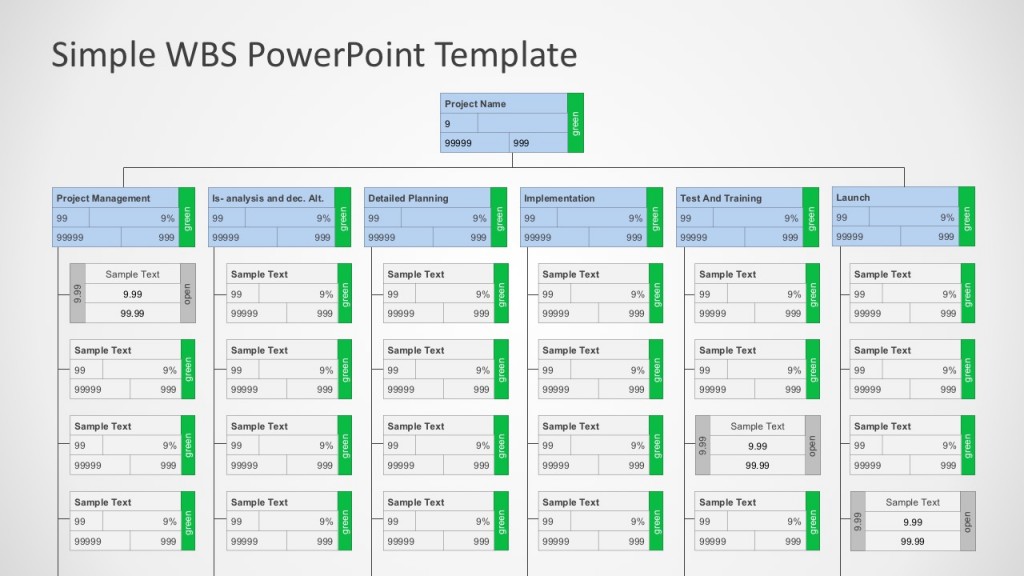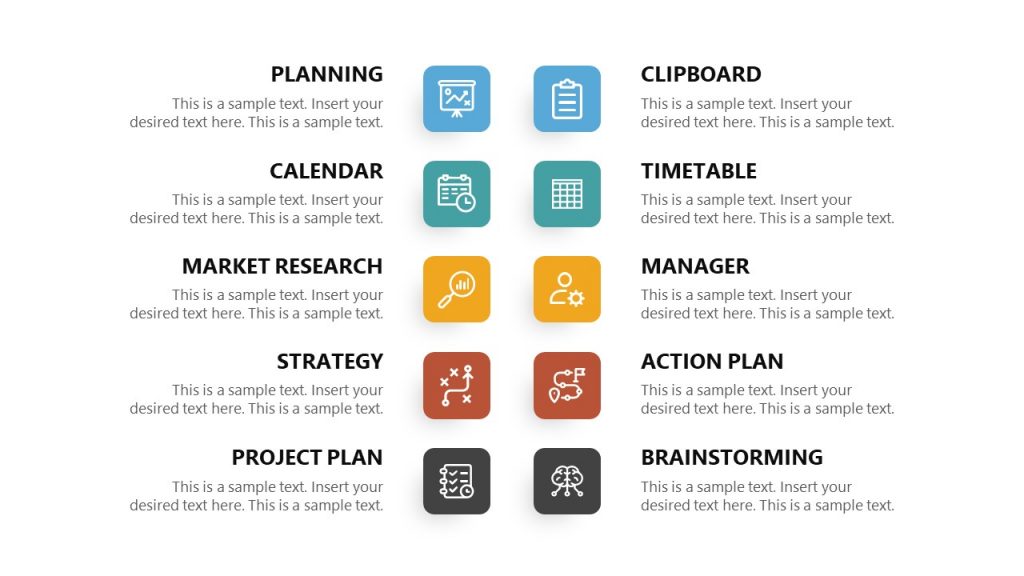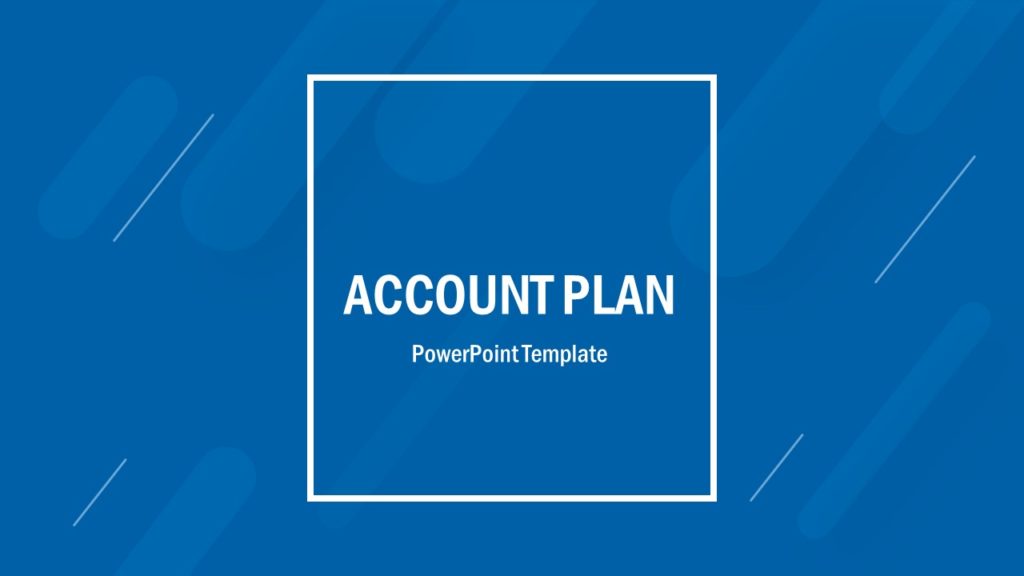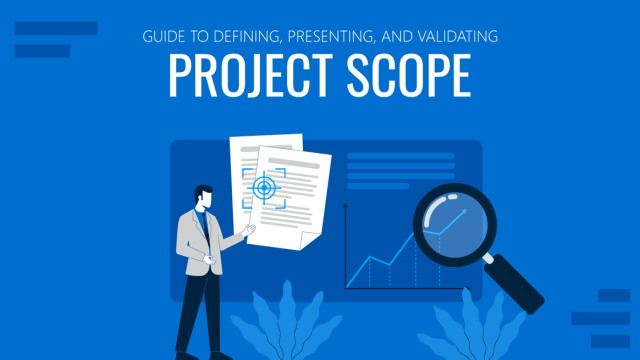
Managers will find themselves dealing with all kinds of projects throughout their profession. Some will be large and ambitious, while others will be straightforward and more manageable. Even the most experienced project managers will use a variety of tools to turn even the most unwieldy project into an organized plan. One of these tools is the work breakdown structure, one of the crucial steps for project managers to do before they can embark on project schedule, budgeting, risk analysis, and the rest of the project planning.
What is a Project Work Breakdown Structure
First, we will define the work breakdown structure (a.k.a WBS). Here is what the official Project Management Body of Knowledge (PMBOK) Guide says about this crucial project planning step.
“A deliverable-oriented hierarchical decomposition of the work to be executed by the project team to accomplish the project objectives and create the required deliverables. It organizes and defines the total scope of the project. Each descending level represents an increasingly detailed definition of the project work. The WBS is decomposed into work packages. The deliverable orientation of the hierarchy includes both internal and external deliverables.”
Key Components of a Work Breakdown Structure
Hierarchy Levels
Generally speaking, a WBS should include around three levels of detail. Of course, there will be phases or batches of deliverables that need more levels to encompass the work packages. However, as long as most of the WBS has around three layers, the project manager will probably not go into too much detail.
High Level Components
This is the main category breakdown of the project’s deliverables.
Deliverables
All quantifiable products, services, or “goods” that will be provided by this project. Deliverables will make up the middle layers of the WBS, below high level elements and above work packages.
Work Packages
These are the steps that need to be developed in order to complete the deliverables. Note that these work packages don’t go into more detail than what needs to get done.
Optional Components
Not a part of the work breakdown structure in project management as defined by PMBOK, but found useful by many professionals.
Work Breakdown Structure Dictionary
The main purpose of the WBS dictionary is to explain each task in more detail.
Task Responsibility
Which organization, department, or individual is responsible for each specific work package.
Cost Estimation
The estimated cost of the project, as well as the cost of each layer in the breakdown.
Work Schedule
The scheduled start and end dates of each phase, deliverable, and work package.
Required Resources
What is needed in order to complete each task.
Quality Control Protocol
The quality requirements and standards for each task.
Work Breakdown Structure Versus Project Schedule
Work Breakdown Structure
This document only represents what needs to be produced to complete the project successfully. It’s limited explicitly to describing and detailing the project’s outcomes and scope. According to PMBOK, project managers won’t add descriptions of particular processes or specific schedules. The WBS is the blueprint that will justify the detailed schedule and budget.
Project Schedule
A project schedule indicates what needs to be done, which resources will be needed, and when the project must be finished. Here, project managers will specify start and end dates, as well as the project’s milestones.
Importance of a Project Work Breakdown Structure
According to the Project Management Institute, “The WBS is a foundational project management component.” Without it, project managers could not accurately create other project management processes, such as project schedule, performance reports, risk analysis, and response, or control tools.
WBS Benefits and Applications
The WBS is a planning tool that helps teams define, plan, and manage a project effectively. It provides a visual structure to the project. Prior to the WBS, the project may feel abstract or unorganized. By breaking the project into high level summaries and deliverables, it’s easy to turn these directly into milestones for the team. The WBS makes it easy to track project progress. It’s easier to flesh out the WBS into a detailed project schedule compared to building the schedule from scratch. By dedicating time to planning the WBS before the schedule, budget, and the rest, it’ll ensure no critical deliverables are left out. Team members can clearly see dependencies between parts of the project, impressing upon them the importance of staying on schedule. The work breakdown structure is a tried and true, as well as repeatable, method for planning a project. It’s been done countless times before and is proven to work.
The Work Breakdown Structure in Project Management
According to the PMBOK, the work breakdown structure in project management fits into the Planning Process Group and the Project Scope Management Knowledge Area. Usually, project managers will make the WBS after collecting project requirements and defining the scope. After creating the WBS, project managers can plan schedule management, cost management, quality management, and resource management.
How to Create a Work Breakdown Structure
Gather critical documents
You’ll first need the project charter and scope statement to create an accurate work breakdown structure.
Put a team together
The people, especially subject matter experts, who will be working on the project need to participate in identifying the sub-deliverables.
Define Level 1 Components
Level 1 components are summary deliverable descriptions that must add up to 100% of the project scope.
Start “decomposing” deliverables
The lower WBS elements provide relevant detail and focus for support of project management processes such as schedule development, cost estimating, resource allocation, and risk assessment.
Decide upon Work Packages
These will be the lowest levels of the hierarchy. They need to contain the definitions of work to be performed and tracked.
Create Optional WBS Dictionary
This is an expansion of the traditional WBS according to the PMBOK. If you choose to create a WBS Dictionary, include descriptions at the Work Package Level. These descriptions should describe boundaries, milestones, risks, owner, costs, and other useful information.
Work Breakdown Structure Best Practices
Start with a Template
Use work breakdown structure templates to help you start, but keep in mind that every project is unique. You will rarely be able to use a WBS for multiple projects. While you can start with a template or previous WBS as a foundation, you will edit it as you go along.
The 100% Rule
According to the Project Management Institute, “The 100% Rule states that the WBS should include 100% of the work defined by the project scope.” It should contain all of the internal, external, and interim deliverables that need to be completed in order to complete the project. Note that each layer of the hierarchy must equal 100% of the project. When looking at an organizational chart, all of the deliverables at a particular child level will sum 100% of the work contained in the parent level.
3 Levels
You don’t want to break down the work too exhaustively at this stage of the project. Since the WBS is closely related to so many other factors, such as cost and schedule data collection, analysis, and reporting, it will be unnecessarily difficult to manage if your WBS has too much detail. When breaking down deliverables, stop before you get to the point of listing out every single action that needs to be done.
Focus on Project Deliverables, not Activities
The simplest way to ensure the WBS is deliverables-based rather than activities-based is to write every element included in the WBS as a noun phrase rather than a verb phrase.
Mutually Exclusive Sub-tasks
Do not include a sub-task twice or document any part of the project twice. If you do, your tasks won’t add up to 100%, as required by the 100% Rule. Beyond that, duplicating tasks in the WBS could make it difficult to calculate the resources necessary to complete a project accurately.
Update the WBS Throughout the Project
Some many dependencies and risks can affect the timeline, scope, or both. Therefore, the project manager will be in charge of adapting and updating the WBS throughout the project. Why make a project work breakdown structure then? Because it will serve to guide the project and keep it on track, despite changes.
Presenting a Work Breakdown Structure to an Audience
With such an important step as the WBS is in planning a project, there will be many occasions when a project manager must present it to stakeholders or their team.
It’s always going to be easier and quicker to use work breakdown templates to set up your WBS presentation. There are many diagrams, such as organizational charts, that are difficult to create from scratch, but necessary to communicate the WBS and engage the audience. If you choose to take screenshots from other work breakdown tools or download images from online, you run the risk of adding low-resolution images to your presentation. Luckily, there are many easy-to-adapt PPT templates that already contain the structure for these project management diagrams.
Here are recommendations for presenting a work breakdown structure in PowerPoint or Google Slides.
1. Start with the Project Scope
The project scope is inseparable from the WBS, since the WBS must encompass all deliverables in the scope. When presenting a WBS, remind the audience what the agreed upon scope is. This provides the foundation and justification for the project manager’s work breakdown structure plan.
2. Present the High Level Breakdown
If you’ve decided to visualize the work breakdown structure as an organizational chart, the high level breakdown will be the few “parent” levels. These may represent chunks of the project or the main phases of project development. Introduce these categories before continuing on to smaller components.
3. Create a Presentation Section for Each WBS Branch
Each of the high level summaries of your WBS will contain potentially various branches with deliverables, sub-deliverables, and work packages. To avoid confusion, don’t just present each layer separately, but rather each branch at this point. Introduce the branch’s deliverables and what must be done to complete them.
Why It’s Important to Visualize the WBS
- When presenting a WBS, it’s important to engage audience members. Having a visual work breakdown structure example will immediately give stakeholders something they can identify with and follow along with.
- Whether using it as a guide for team members or to keep track of all deliverables, it is helpful to be able to visualize the WBS. This helps professionals understand it at-a-glance.
- Even when not looking at the WBS at a specific moment, the visual outline may be easier to imagine and remember.
- It’s easy to see dependencies between different tasks and deliverables.
- It’s easier to divide between team members, departments, or organizations.
Different Types of Work Breakdown Structure Formats
Outline View
A text outline is the most straightforward WBS format. It is easy to put together and shows the hierarchy of tasks. However, it is difficult to completely grasp the complete project through this visualization.
Tree Structure/Organizational Chart
The tree structure of a work breakdown structure is the most commonly seen format. It is structured as an organizational chart and has all the same elements of the list (phases, deliverables, and work packages). The visual nature of the tree WBS is that people can clearly see the workflow based on the diagram. Here’s a WBS diagram example:
Spreadsheet
Again, this work breakdown structure will contain the same elements as in the prior two formats. However, here, it is placed in a spreadsheet. The phases, deliverables, and work packages are represented in columns and rows.
Gantt Chart
While this goes beyond the scope of a work breakdown structure in project management, according to the PMBOK, a Gantt chart is an excellent option for professionals looking to combine the project schedule and WBS.
FAQs
Why is a WBS important in project management?
A WBS is critical for:
– Defining the project scope.
– Breaking down complex projects into manageable components.
– Facilitating scheduling, budgeting, and risk analysis.
– Ensuring no deliverables are overlooked.
– Helping teams track progress and dependencies.
How does a WBS differ from a project schedule?
– WBS: Focuses on project deliverables and scope, breaking the project into components without detailing timelines.
– Project Schedule: Specifies start/end dates, resource allocation, and milestones, built upon the WBS structure.
How do I create a WBS?
– Gather critical documents (e.g., project charter, scope statement).
– Form a team, including subject matter experts.
– Define high-level components (Level 1).
– Decompose deliverables into sub-deliverables and work packages.
– Optionally, create a WBS dictionary to detail tasks, responsibilities, costs, and milestones.
What are the benefits of creating a WBS?
– Provides a visual structure for the project.
– Helps track progress and dependencies.
– Ensures all deliverables are included.
– Simplifies the creation of schedules and budgets.
– Guides teams in understanding the project scope.
What is the 100% Rule in a WBS?
The 100% Rule states that each level of the WBS must include 100% of the work defined by the project scope. All tasks and deliverables should sum up to the total scope without omissions or duplications.
Can a WBS be used across different projects?
While each project is unique, templates or previous WBS examples can serve as a starting point. However, they should be customized to fit the specific requirements and scope of the new project.
Work Breakdown Structure examples
Conclusion
Regardless of how a project manager chooses to display and present their work breakdown structure, there is no doubt of the value of making one in the first place. The benefits are clear. Without a clear WBS, projects run the risk of going off scope, falling behind schedule, and being generally disorganized. With the work breakdown structure, however, project managers can start their project out the right way: with order and a plan for success.





